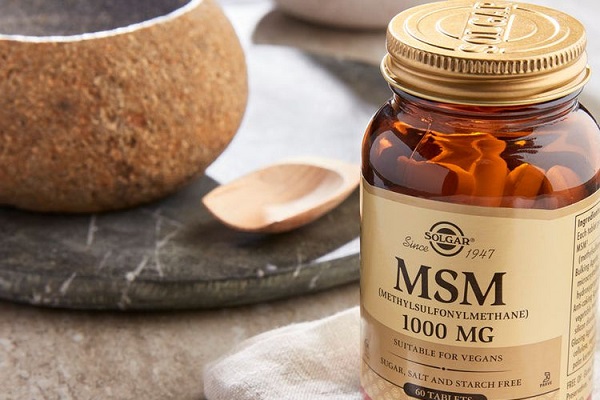Words: Dr Rajgopal NIDAMBOOR
Q: A friend of mine has been taking nutritional supplements for his joint and allied issues. He avers that they have helped him greatly. He suggested MSM for me — to addressing my wrist-related issue, or carpal tunnel syndrome. Please fill me with what’s MSM all about — to help me understand what it’d do to resolve my wrist distress.
— KM, Bengaluru
A: MSM [methylsulphonylmethane], a natural form of organic sulphur, is found in all living organisms, including human body fluids and tissues. Dr Robert Herschler, PhD, and Dr Stanley Jacob, MD, of the University of Oregon Medical School, US, isolated it, in the early 1980s. The duo’s research showed that MSM is a natural sulphur compound and also one of the most important compounds in our body and just as vital as water and sodium. Supplementary studies demonstrated that the sulphur present in MSM, called sulphonyl, was safe and as essential as vitamin C in our diet. However, MSM, a member of the sulphur family, should not be confused with sulpha drugs — to which some people are allergic to.
A fragrance-free, water-soluble, white crystalline material that supplies a bioavailable form of dietary sulphur, MSM originates in the ocean and reaches the human food chain through rainfall. It is found in most common foods, including raw milk, meat, fish, and a variety of fruits, vegetables and grains. However, it is normally lost from our food by heating, storage, processing, drying, cooking, preserving, and even washing. While the substance has been shown to add elasticity to cell walls by allowing fluids to pass through the tissue more easily, it has been found that it can increase tissue pliability and promote the repair of damaged skin too.
Our MSM levels reduce with age; this results in symptoms of fatigue, tissue and organ malfunction and increased susceptibility to disease. In one preliminary study, ten osteoarthritis patients taking MSM were compared with six who took a placebo [dummy pill]. Results evidenced 80 per cent ‘control of pain’ within the first six weeks in them, while just two patients showed minimal improvement [less than 20 per cent] on placebo.
MSM has been favoured to be a natural remedy for osteoarthritis, tendonitis and bursitis, muscular soreness, athletic injuries, carpal tunnel syndrome [which is caused by the compression of the median nerve in the wrist — usually the result of repetitive motion of the wrist; e.g., computer use], post-traumatic inflammation and pain, heartburn and hyperacidity, headaches and back pain and allergies. Research says that individuals taking MSM may notice other benefits — softer skin, harder nails, thicker hair, and softening of scar tissue. An allotted time of about a month, they add, is needed before significant improvement is seen with the use of MSM.
MSM, research points out, is safe. In a survey conducted at the Oregon Health Sciences University, US, patients who received oral MSM, as part of their treatment, showed no toxic build-up, even after years of taking more than 2,000mg of MSM each day. Clinicians recommend patients to take MSM in pill, or liquid form, though the substance is also available in topical formulas. It may be said that MSM topical creams may not be worth trying, because the heating process may destroy its bioavailability. A body of opinion favours the use of MSM with other natural compounds too, because MSM has the ability to allow fluids to pass through the tissue more easily. This can lead to better absorption.
The use of glucosamine and MSM for the use of symptom reduction and tissue repair in joints is preferred in scientific literature today, thanks primarily to their low percentage of side-effects [Side-effects, even if they occur, are often mild and controllable].
Topical combination formulae are also thought of as a good option by some prescribers. When they are combined with a good delivery system, they offer local transfer of ingredients directly to the site of annoyance. However, it will be some time before new studies, which are in progress, can offer us a better understanding of the process and also better treatment plans.

